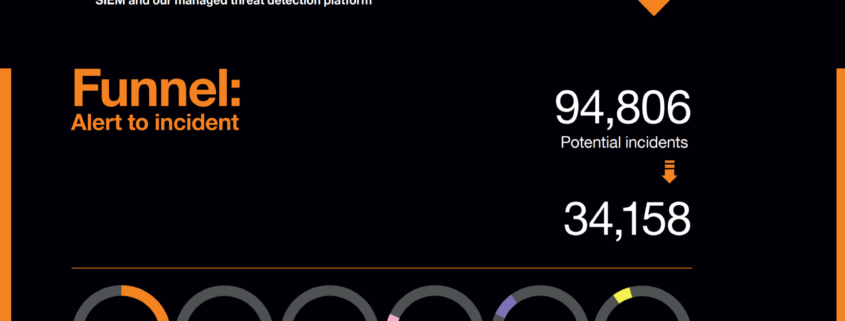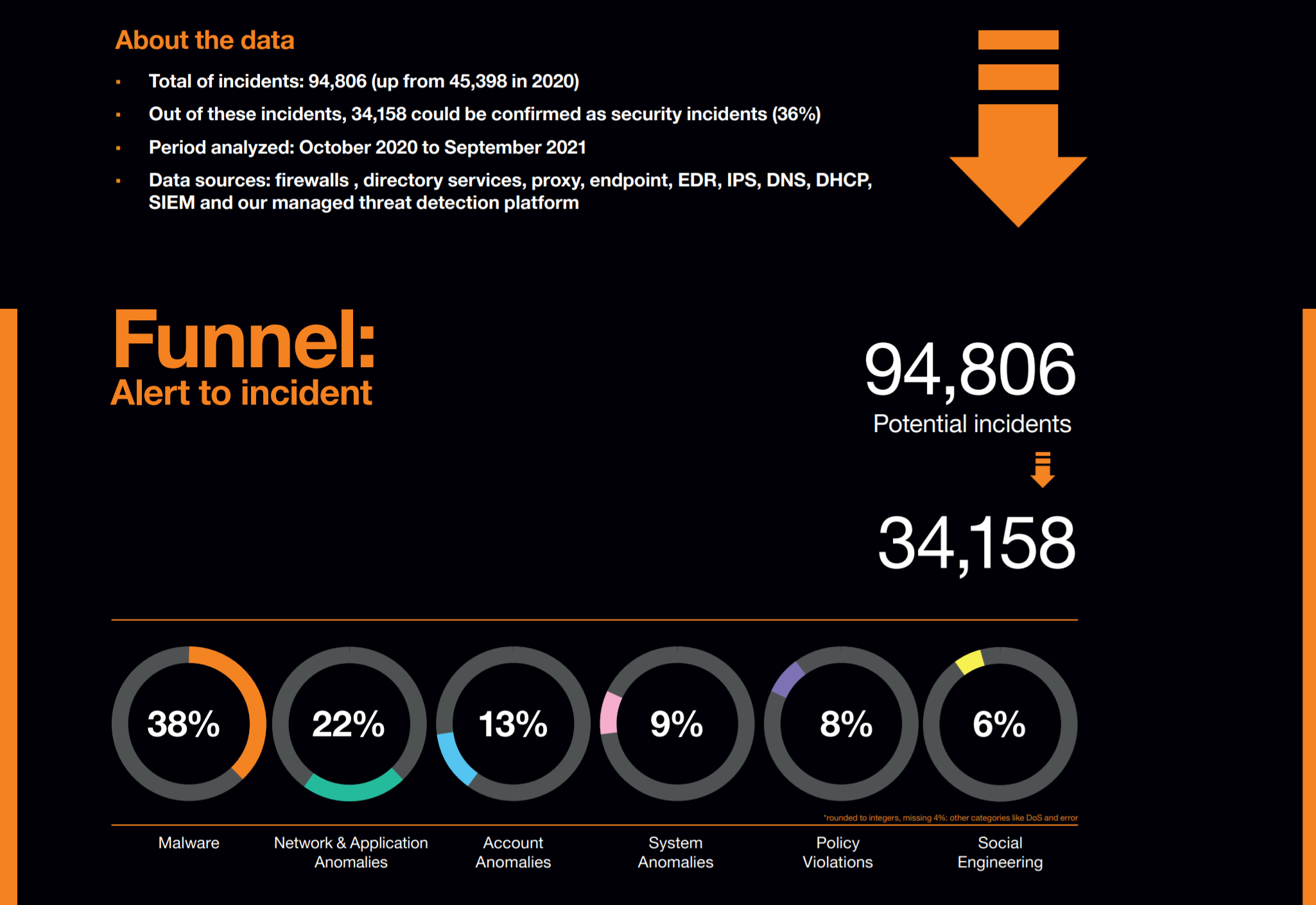Hackers prey on public schools, adding stress amid pandemic | Health
ALBUQUERQUE, N.M. (AP) — For teachers at a middle school in New Mexico’s largest city, the first inkling of a widespread tech problem came during an early morning staff call.
On the video, there were shout-outs for a new custodian for his hard work, and the typical announcements from administrators and the union rep. But in the chat, there were hints of a looming crisis. Nobody could open attendance records, and everyone was locked out of class rosters and grades.
Albuquerque administrators later confirmed the outage that blocked access to the district’s student database — which also includes emergency contacts and lists of which adults are authorized to pick up which children — was due to a ransomware attack.
“I didn’t realize how important it was until I couldn’t use it,” said Sarah Hager, a Cleveland Middle School art teacher.
Cyberattacks like the one that canceled classes for two days in Albuquerque’s biggest school district have become a growing threat to U.S. schools, with several high-profile incidents reported since last year. And the coronavirus pandemic has compounded their effects: More money has been demanded, and more schools have had to shut down as they scramble to recover data or even manually wipe all laptops.
People are also reading…
“Pretty much any way that you cut it, incidents have both been growing more frequent and more significant,” said Doug Levin, director of the K12 Security Information Exchange, a Virginia-based nonprofit that helps schools defend against cybersecurity risk.
Precise data is hard to come by since most schools are not required to publicly report cyberattacks. But experts say public school systems — which often have limited budgets for cybersecurity expertise — have become an inviting target for ransomware gangs.
The pandemic also has forced schools to turn…





